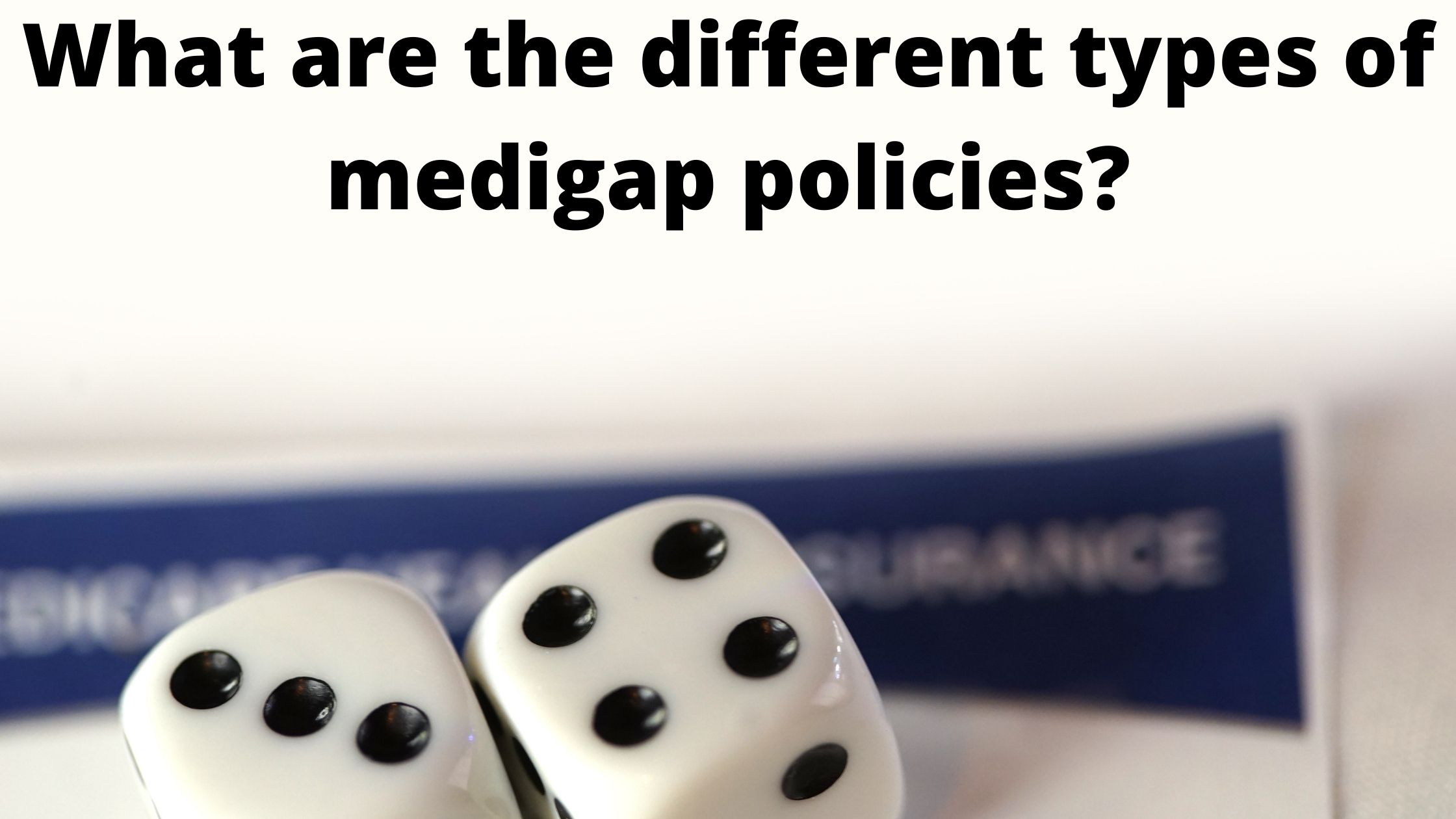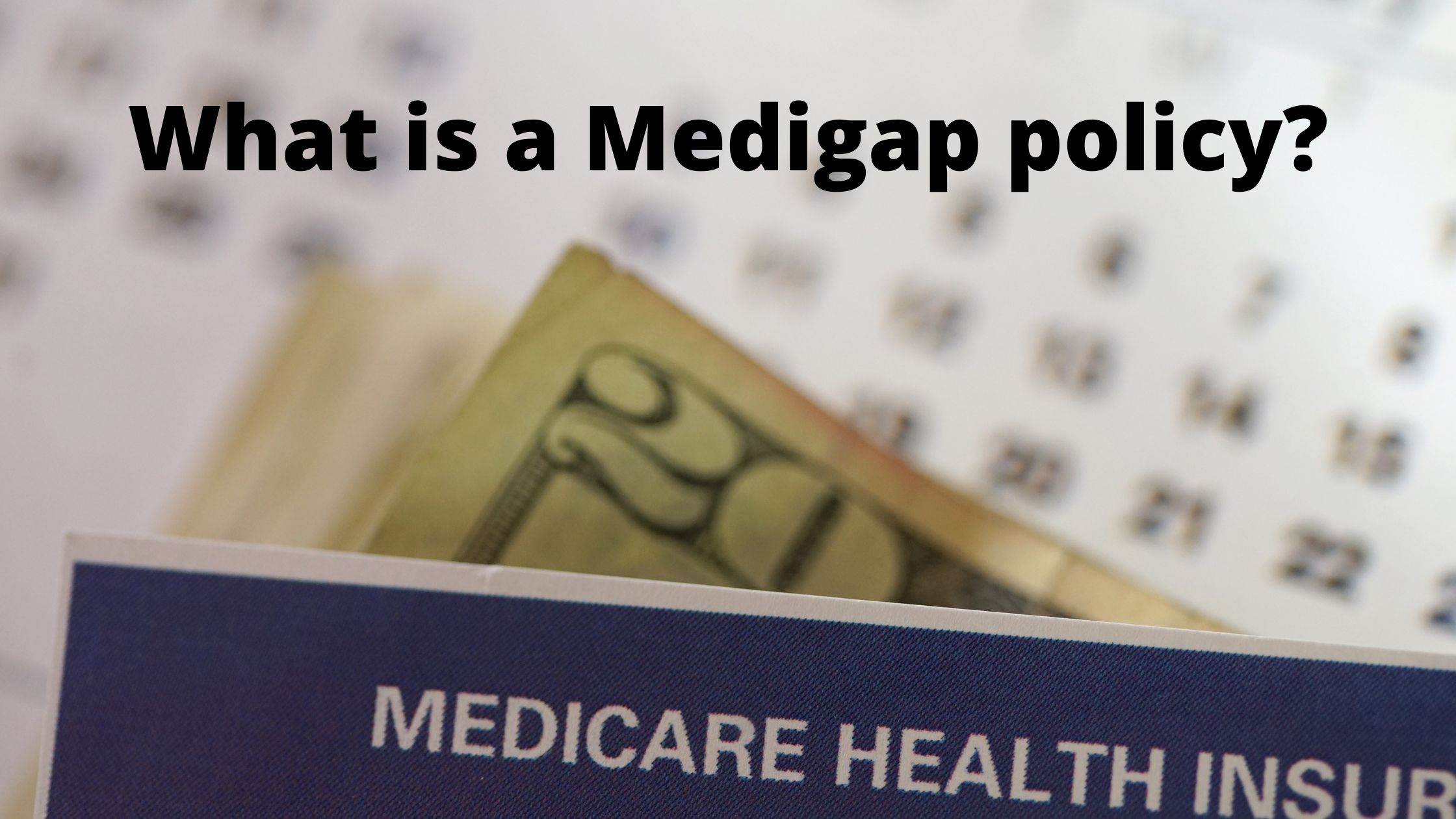If you’re considering buying a Medigap policy, now is a good time to do so. Here are four reasons:
1) The market for medigap policies is very competitive.
2) The premiums on these policies have been decreasing over the past few years.
3) There are more than 20 medigap plans available in each state.
4) The Affordable Care Act (ACA) has made it easier for people to find and buy medigap policies.
What is a Medigap policy?
A Medigap policy is a type of insurance that helps people with low incomes afford health care. It is usually a supplemental insurance plan, meaning it helps pay for services not covered by Medicare or another government program. Plans typically have different premiums and benefits, so be sure to ask your insurance broker about the options available to you.
Medigap policies come in two main types: single-payer and multi-plan. Single-payer policies cover only one specific type of health care expense, such as hospitalization or doctor visits. Multi-plan policies cover a variety of health care expenses, such as doctor visits, prescription drugs, and dental care.
The most important thing to remember when buying a Medigap policy is to compare prices and benefits carefully. Not all plans offer the same coverage, so be sure to read the fine print. Also, make sure you understand how the policy works before you buy it – some policies require you to take special steps like having health care coverage through your employer or being enrolled in Medicare Part D.
If you are interested in purchasing a Medigap policy, be sure to speak with your insurance broker about what is available to you. You can
What are the different types of medigap policies?
Medigap policies are insurance plans designed to help supplement Medicare coverage. There are four types of medigap plans: traditional, Medicare Advantage, Part D, and Medi-Cal. Each has its own benefits and limitations.
Traditional medigap policies cover a limited range of services, such as hospital room and board and outpatient care. They generally don’t cover prescription drugs or long-term care services.
Medicare Advantage plans are structured much like traditional Medicare but offer additional benefits, such as access to physician networks and home health care services.
Part D medigap policies provide coverage for prescription drugs. Unlike traditional medigap policies, which cover only prescribed items, Part D policies also cover over-the-counter medications and supplements.
Medi-Cal is the state-run program that provides insurance coverage to low-income residents in the United States. Medi-Cal policies are similar to Part D policies in that they cover prescription drugs and other medical costs. However, Medi-Cal policies have few restrictions on coverage and can be more expensive than Part D policies.
How much do medigap policies cost?
Medigap policies are offered by many different insurance companies and can be a great way to save money on your health care costs. However, before you buy a medigap policy, you need to know how much it will cost.
The amount that a medigap policy will cost you depends on the coverage that it provides and the age of the policyholder. Policies can range in price from $5 to $2,000 per year, but the average cost is about $150 per month. However, if you have significant health care expenses, your policy may actually cost more than $2,000 per year.
To figure out how much a medigap policy will cost you, you first need to figure out your income and your health care expenses. Your income is based on your annual salary and any bonuses or commissions that you receive. Your health care expenses are based on the amount of coverage that you require and the type of hospital that you are likely to use.
Once you have figured out your income and your health care expenses, you can estimate what a medigap policy will cost you. To do this, divide your total health care expenses by the number of months in a year
What are the benefits of having a medigap policy?
Medigap policies offer supplemental insurance to help cover the costs of healthcare. The policies come in different shapes and sizes, but all offer benefits like a discount on premiums and cover for out-of-pocket expenses.
Here are some of the most common benefits of medigap policies:
*A medigap policy can help you save money on your premiums.
*You may be able to get coverage that’s more comprehensive than what you would receive from your employer or government health insurance.
*Many medigap policies include a discount on prescription drugs.
*Some policies even cover hospitalization expenses.
When should you get a medigap policy?
When should you get a medigap policy? There are a few things to consider before purchasing a medigap policy, such as your age, health history, and income.
If you’re over 65 years old and have Medicare coverage, you may be eligible for a Medigap Plan F. If you have end-stage renal disease or are on dialysis, you may also be eligible for a Medigap Plan G. Keep in mind that eligibility is determined by your healthcare provider and doesn’t necessarily coincide with your age or health status.
If you’re not sure whether you’re eligible for a medigap policy, check with your insurance company or Medicare provider. You can also ask your friends, family members, or online resources for advice.
Who can get a medigap policy?
Medigap policies are sold by private insurance companies and can help people with high-cost health care expenses. Medigap policies have several features, including discounts on premiums, copayments, and coinsurance. The policyholder must be covered by Medicare to get a medigap policy.
People who are not covered by Medicare can buy a medigap policy if they have an employer-sponsored health plan that covers at least part of their medical expenses. People who are not covered by Medicare can also buy a medigap policy if they have a health savings account (HSA). An HSA is a tax-advantaged account that lets people save money for retirement, college, or medical expenses.
People who are not covered by Medicare or an employer-sponsored health plan can also buy a medigap policy if they have eligible chronic conditions. Chronic conditions are diseases or injuries that last for six months or more. A person must have two chronic conditions to qualify for a medigap policy.
People who are not covered by Medicare or an employer-sponsored health plan can also buy a medigap policy if they are 65 or older and have annual income below certain limits
How do you change your medigap policy?
Changing your medigap policy is a relatively simple process. The first step is to contact the provider of your current policy and ask for a change in coverage. Once you have received the new policy, you need to complete the appropriate forms and return them to the provider. You will also need to provide documentation from your doctor confirming that you are eligible for the new policy.
Conclusion
As we approach the holidays, it is important to be aware of the various Medigap policies that are available to help you cover costs associated with your health care. If you are uninsured or underinsured, Medicare Advantage plans, or other types of coverage might not provide enough coverage for your needs. In these cases, a Medigap policy can fill in some gaps and protect you from high out-of-pocket expenses. It’s also important to understand what is covered by each Medigap policy so that you can choose the right one for you.

